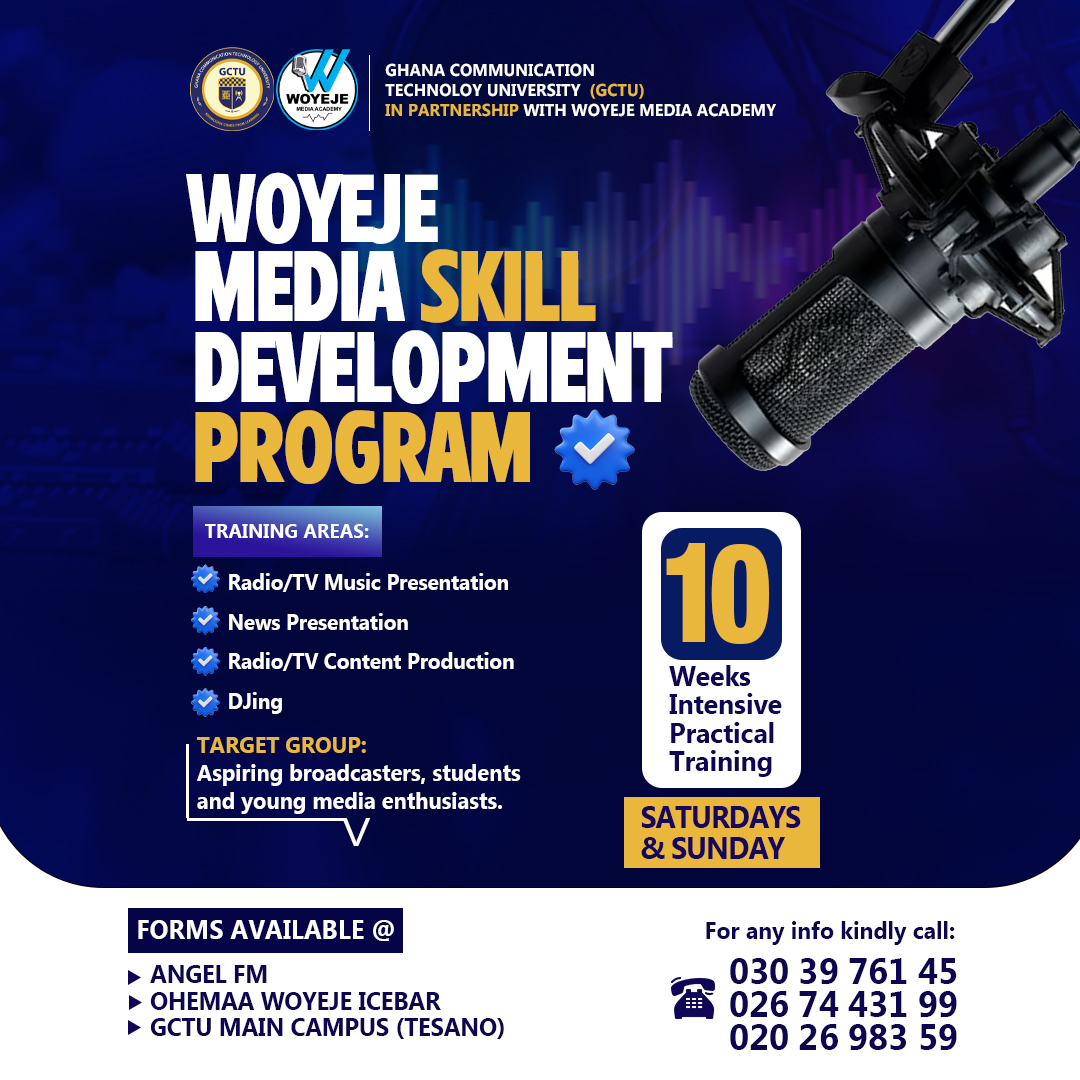Strengths (internal, positive factors)
Strengths described the positive attributes, tangible and intangible, internal to the Procurement unit. They were the factors within our control.
What do we do well:
We identified the depth of procurement skill of the staff and the knowledge of and compliance with the procurement law.
What advantages do we have over our competition:
The size of the school meant that we could use our “size and strength” to get favorable terms as compared to our competitors
Other positive aspects, internal to our business / unit that adds value or offers a competitive advantage:
The University possesses an edge in technology and can use this to add value and improve the services that it offers.
Weaknesses (internal, negative factors)
The weaknesses looked at aspects of our business that detract from the value we offer or place us at a competitive disadvantage. There was a need to enhance these areas in order to compete with our best competitor.
What factors that are within our control detract us from our ability to obtain or maintain a competitive edge:
The large number of highly unplanned purchases and projects that resulted in the unit resorting to emergent purchasing procedures that do not let us add the required value.
Does our business / unit have limited resources:
Funding was restricted to Internally Generated Funds (IGF) which is an issue especially the students are on vacation.
Opportunities (external, positive factors)
These are the external attractive factors that represent reasons the business is likely to progress and prosper.
We looked at what opportunities exist in the market or the environment that we could benefit from?
- Here we identified the fact that new businesses were being established that gave us the opportunity to engage a larger number of suppliers.
- By so doing we would benefit from the completion by getting the best prices and thus create more value
The perception of our business:
- The university as a whole had grown remarkably in a short time and the unit hope to ride on this success and exploit the potential that existed.
- The unit was thus seen as an attractive venture for suppliers with the promise of future and better volume of businesses.
Threats (external, negative factors)
Threats include external factors beyond our control that could place our strategy, or the business itself, at risk. The Unit had no control over these, but we hoped to benefit by having contingency plans to address them if they should occur.
Our existing or potential competitors:
- The range of our potential competitors was broad. Because of the general nature of the goods and services that were procured, any firm was a competitor to us. Direct competition was derived from the number of collages that were being established.
- To solve this, we had to ensure that we developed a niche for ourselves. This would be achieved by ensuring that our customers and stakeholders saw us as unique. This can be improved by working on our attractiveness.
Significant change in supplier prices:
The prices of goods and services were increasing at a steady rate and this was mainly due to the deteriorating value of the Ghanaian currency which meant that most of items we used were imported consumer goods. This factor resulted in creating uncertainty in the prices of the goods procured.
Semi-fixed revenue stream:
We have had to employ methods such as the drafting of framework contracts and closer relationship with our suppliers to reduce the likelihood of price fluctuations.
Technological advancements:
This factor resulted in a number of the products that we procured “aging” rapidly. Newer items developed were at times more competitively priced and made it difficult for comparisms and projections to be made based on the prices at which the items have been procured.



